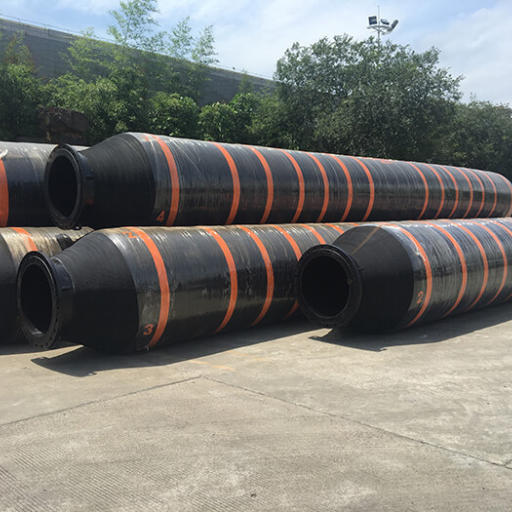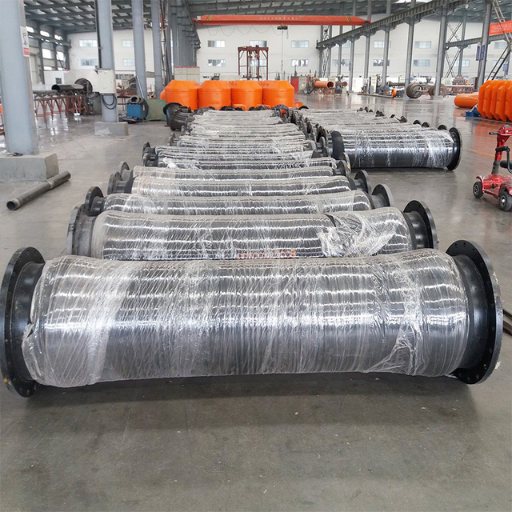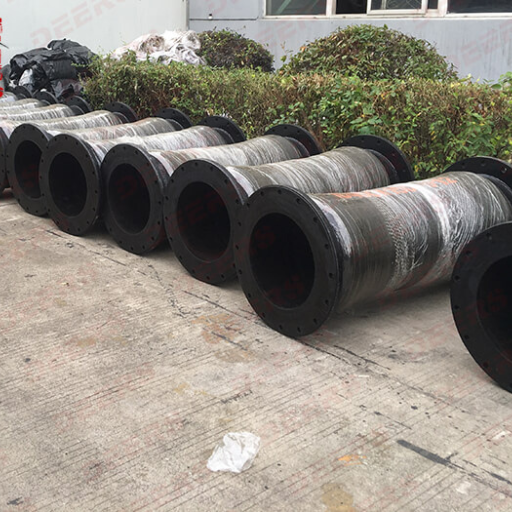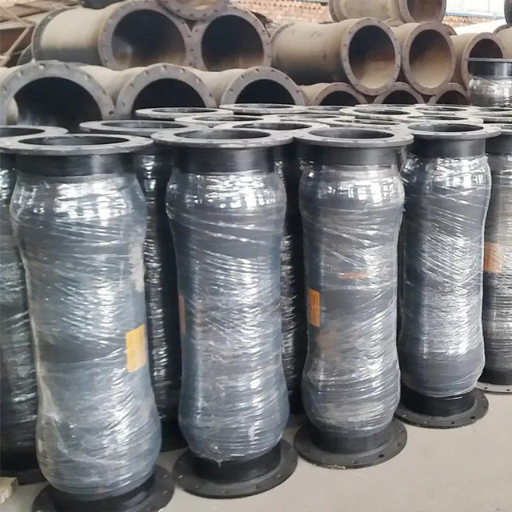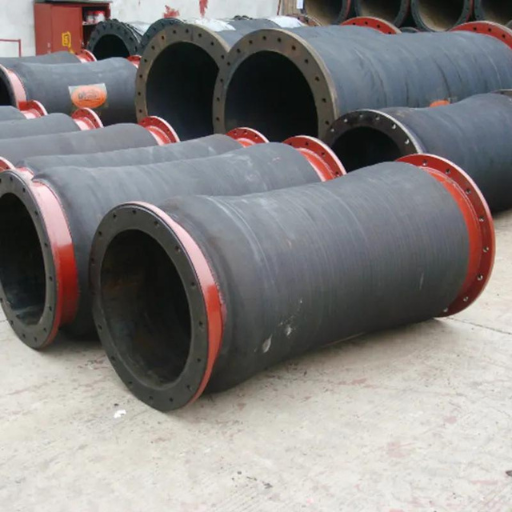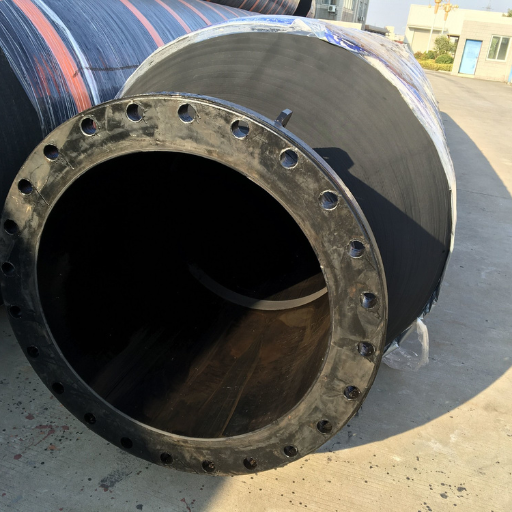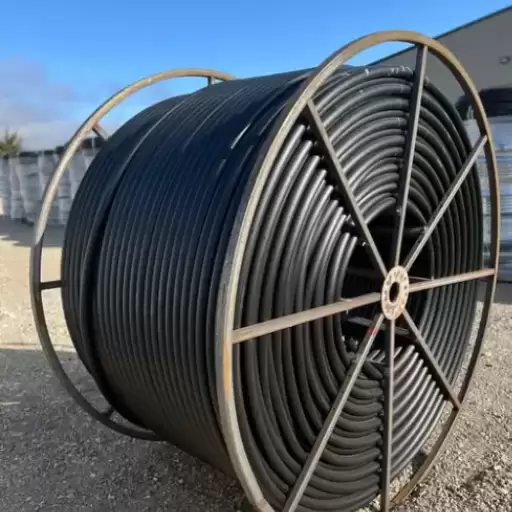Dredging Rubber Hose
Dredge Rubber Hose: An Overview
Dredge rubber hoses are vital equipment in the dredging process, which move sediments and other materials effectively from the seabed to a place where they can be dumped. They are constructed using tough rubbers that confer malleability and toughness allowing them to adapt to the uncertain conditions of the sea. The hoses have been adapted to withstand heavy pressure as well as rough abrasive components so that they can work even under heavy loads with little difficulty. Proper selection and maintenance of dredge rubber hoses is therefore an important consideration since improved operations as well as prolonged use will be experienced hence making this a very important investment for any dredging project.
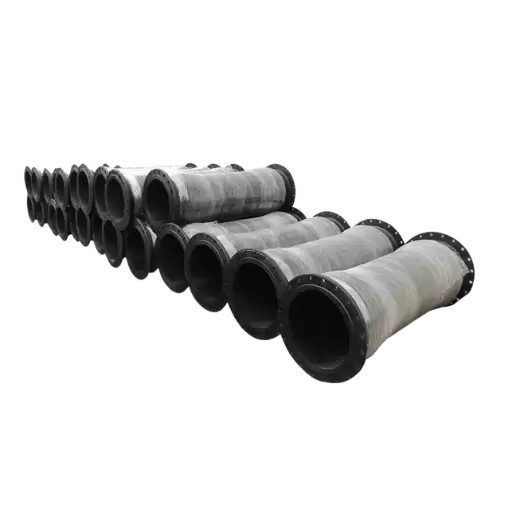

Features of Dredging Rubber Hoses
- Durability: Dredging operations can be quite difficult and require some strong equipment. The dredging rubber hose is made of materials of high quality that can endure being continuously exposed to water, abrasion, and rough weather.
- Flexibility: The hose’s flexibility enables it to move freely with the dredger, enabling easy movements in various directions.
- Buoyancy: A dredging rubber hose floats on the water surface, and its buoyant character ensures that it does not sink or tangle during installation or servicing operations.
- Corrosion resistance: The materials used to make a dredging rubber hose are resistant to saltwater corrosion and other contaminants, such as chemicals, present in water bodies.
- Leak-proof: The hoses’ connections and joints are constructed to be leak-proof, thus preventing the escape of any dredged material or debris.
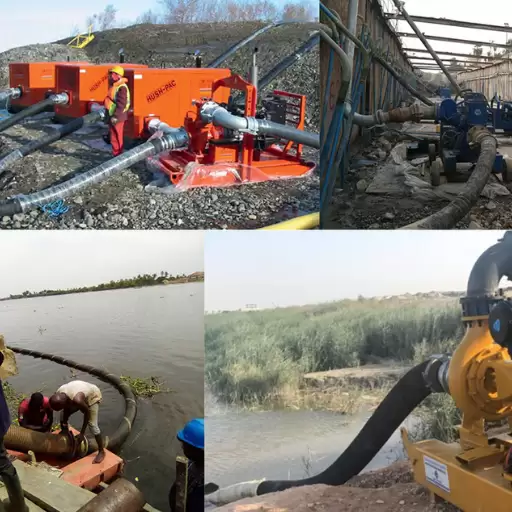
Where can Dredge Rubber Hose be used?
For different applications in marine and environmental engineering sectors, the dredging rubber hoses are indispensable. Some of these areas include:
- Dredging projects: They are a significant component in dredging activities aimed at removing sediment and debris from water bodies such as rivers, lakes, and harbors. Their capacity to withstand heavy duty makes them an ideal choice for such undertakings.
- Marine construction: Dredging rubber hoses are among the specialized equipment necessary for keeping up and fixing marine structures. Their role is to remove underwater debris so that the integrity of these structures can be maintained.
- Environmental remediation: Dredging rubber hoses are also used to clean polluted sediments in aquatic ecosystems. They are a crucial tool during environmental remediation operations that enable the safe removal and disposal of hazardous materials.
- Land reclamation: For land reclamation projects, dredging rubber hoses pump sediment out of water bodies onto dry land to create new areas of development or restore eroded coastlines.
Dredging rubber hose general specifications
| Standard Size | Work Pressure | Standard Size | Work Pressure | ||
|---|---|---|---|---|---|
| Inner Diameter (mm) | Total Length (mm) | Working Pressure (Mpa) | Inner Diameter (mm) | Total Length (mm) | Working Pressure (Mpa) |
| 100 | 1000 | 1.0 | 556 | 1500 | 1.8 |
| 150 | 1000 | 1.0 | 606 | 1500 | 1.8 |
| 200 | 1200 | 1.0 | 650 | 1600 | 1.8 |
| 250 | 1200 | 1.2 | 706 | 1800 | 1.8 |
| 300 | 1200 | 1.2 | 756 | 1800 | 2.0 |
| 350 | 1200 | 1.2 | 800 | 2000 | 2.0 |
| 406 | 1200 | 1.5 | 850 | 2000 | 2.5 |
| 456 | 1300 | 1.5 | 900 | 2000 | 2.8 |
| 506 | 1400 | 1.6 |
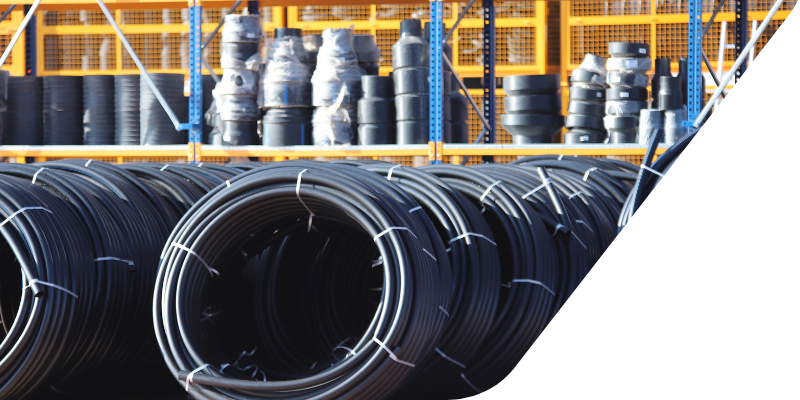
Dredging rubber hoses are essential equipment used in dredging, marine construction, and environmental remediation projects. They play a vital role in maintaining and repairing marine structures, cleaning up contaminated sediments, and creating new land areas. In this guide, we will explore the different types of dredging rubber hoses and their benefits.
Dredging rubber hose Product Information
| Material | EPDM,Natural Rubber,Silicon,FKM, IIR,NBR,SBR,Sponge Rubber and so on. |
|---|---|
| Color | Black or customized |
| Hardness | Shore A |
| After-sales service | OEM or ODM services provided |
| Density | 1.0-2.0g/cm3 |
Dredging Rubber Hose Fittings Catalog
Pipeline Related Articles
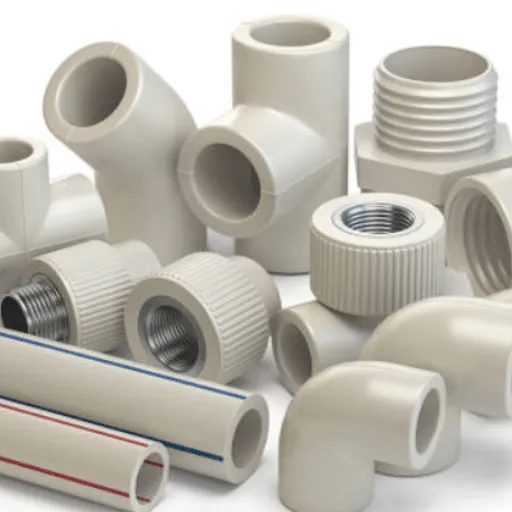
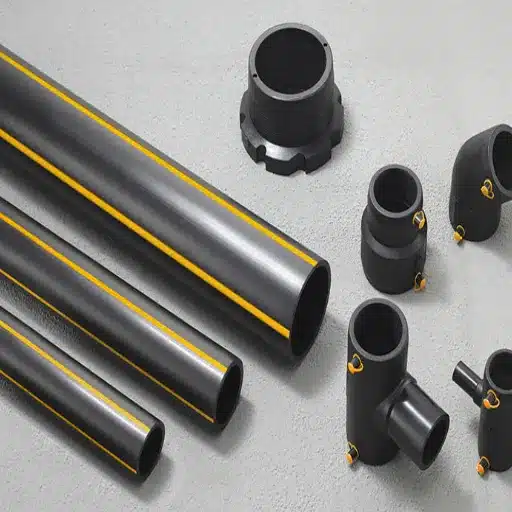
The Question
Common FAQ
Explore comprehensive insights about Dredging Rubber Hose. Please don’t hesitate to reach out to us if you have any inquiries.
Q: What are the primary considerations when choosing a dredging rubber hose for industrial applications?
A: When choosing a dredging rubber hose for industrial applications, factors to consider include the hose’s pressure resistance, the type of material being dredged, the operational environment, and the specific requirements of your dredging pipeline. Flange type, large diameter rubber hoses, and the hose’s floating ability should also be assessed.
Q: What types of dredging rubber hoses are available?
A: Dredging rubber hoses include discharge rubber hoses, floating rubber hoses, armored discharge hoses, and particular types of hoses like the dredger discharge hose. The choice of hose depends on the specific application requirements.
Q: How do I determine the appropriate large-diameter rubber hose for my dredging application?
A: Determining the appropriate large-diameter rubber hose involves understanding the inner diameter (depending on the hose’s ID) needed, the types of dredge you are utilizing, and the working conditions, such as burst pressure and the nature of the material being transported.
Q: What materials are commonly used to construct dredging rubber hoses?
A: Common materials used in the construction of dredging rubber hoses include synthetic rubber for flexibility and durability, a robust outer cover for wear resistance, textile reinforcement for added strength, and helix steel wire for structural integrity.
Q: How does the flange design affect the functionality of a dredging rubber hose?
A: The flange design is crucial as it ensures secure connections between the hose and the rest of the dredging pipeline. An adequately designed flange can withstand high pressures and prevent leaks, providing a reliable and efficient operation.
Q: Can dredging rubber hoses be customized according to customer requirements?
A: Yes, hoses are available according to customer specifications, including specific burst pressure, length, diameter, and material configurations to meet unique project needs.
Q: What are the benefits of using an armored discharge hose in dredging operations?
A: Armored discharge hoses provide enhanced protection against abrasion and wear, making them ideal for transporting highly abrasive materials. They extend the hose’s lifespan and ensure consistent performance in harsh dredging environments.

